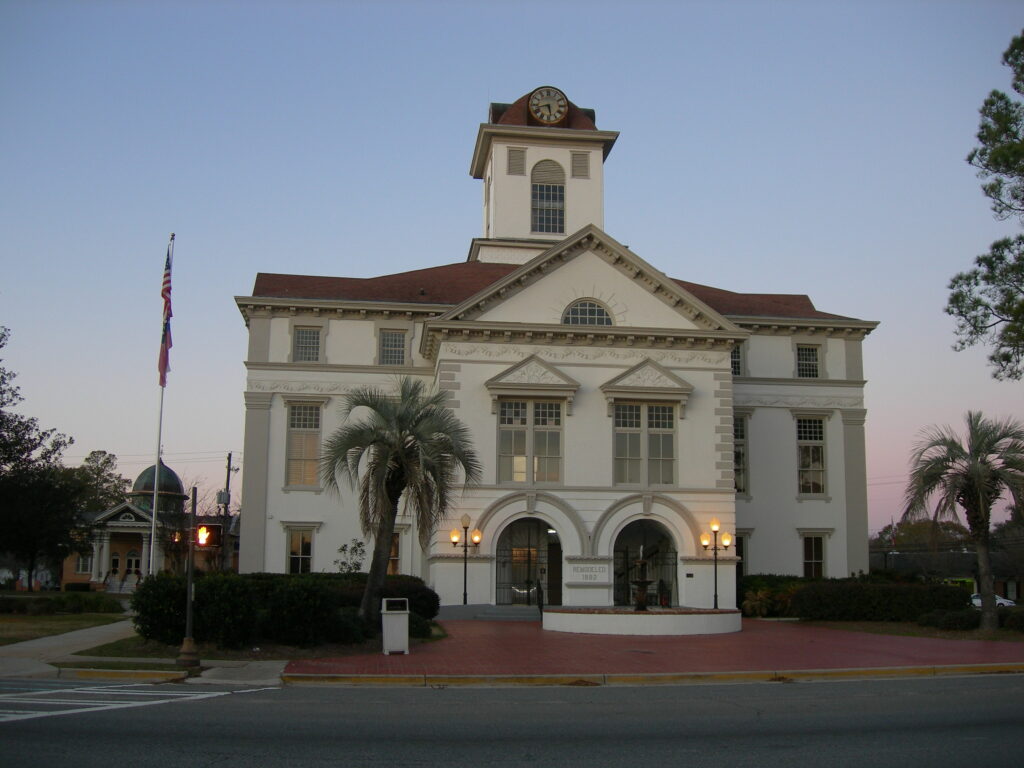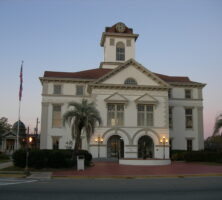Located just west of Valdosta in southwest Georgia, on the Florida border, Brooks is home to moss-laden oaks and prize-winning camelias.
In 1818 U.S. president Andrew Jackson made a treaty with the Spanish and the Native Americans and claimed the land that is now Brooks County for the United States. Settlers later came down the Coffee Road from middle Georgia in their covered wagons, ox-drawn carts, and buggies. These early settlers had three things uppermost in their minds: religion, education, and agriculture. Roads were projected to run from the courthouse to each part of the county.

Founded on December 11, 1858, Brooks County was created from portions of Lowndes and Thomas counties. The 494-square-mile county was named for Preston S. Brooks of South Carolina, a legislator known for his intensely southern sentiments and his zealous defense of slavery. In 1853 Brooks was elected to Congress as a States’ Rights Democrat. On May 22, 1856, he viciously assaulted Charles Sumner, an abolitionist senator from Massachusetts, on the floor of the Senate. The incident earned Brooks a national reputation, and he served until his death four years later, at the age of thirty-eight. In December 1858, amid rising sectional tensions, the Georgia legislature honored his legacy by naming a county for him.

The largest town in Brooks County, Quitman, was named the county seat. The first courthouse, a small, temporary building, opened in 1859. A permanent edifice was begun in the same year, but the Civil War (1861-65) delayed its construction. That courthouse, completed in 1864, is still in use today, although it has undergone remodeling and modernizing. Quitman is known as the Camellia City because of the plants grown there, and also because Betty Sheffield, developer of the well-known camellia variety of the same name, was a longtime resident. Other small towns in the county include Barney (famous for its peaches), Barwick, Morven, and Pavo.
According to the 2020 U.S. census, the population of Brooks County is 16,301.







